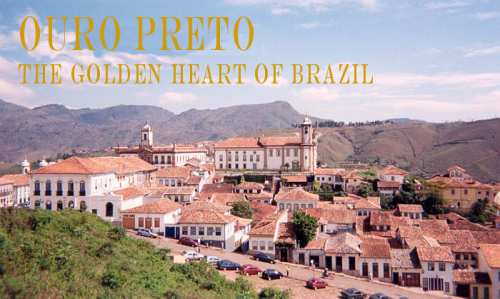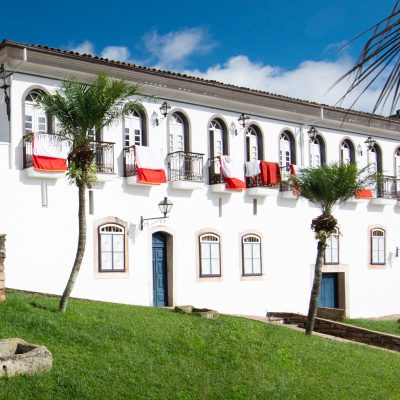Wealth and affluence grew exponentially in the area and soon vast mansions, public buildings and churches appeared across the city, each vying for the title of most magnificent structure. By the time of the republic in 1889, the riches were all but exhausted and the city was in danger of falling into neglect. In a bold move expressly designed to preserve the cultural integrity of the old city, the seat of local government was moved to the newly constructed city of Belo Horizonte. In a time when rampant expansion paid little heed to heritage, Ouro Preto stood then, as it does today, as a beacon of cultural preservation. In 1933 the whole city received historic status as a "cidade monumento" and when UNESCO began listing sites of cultural significance in its new "World Heritage" program, Ouro Preto was among the first to be inscribed in 1980. Today visitors can wander the unspoilt streets of this expansive and perfectly preserved Baroque museum featuring many works by the now legendary sculptor Aleijadinho. Crowned by the magnificent churches of São Francisco de Assis, Nossa Senhora do Pilar and Nossa Senhora da Conceição, it is not just these opulent constructions that form the inheritance of Ouro Preto. Bridges, fountains and mansions of locally quarried soapstone, instead of marble, all contribute to the total atmosphere of this fascinating living museum. Fact File:
Getting to Ouro Preto is a simple enough exercise. Most international visitors transfer by coach (100km) from Belo Horizonte after flying in from either São Paulo or Rio de Janeiro. Although a day trip is possible, most choose to stay a night or two at one of the renovated hotels or villas. One popular hotel is the beautifully restored and maintained Pousada do Mondego (pictured) with 24 rooms overlooking the heart of Ouro Preto. This 18th-century mansion is decorated with both antiques and convincing reproductions to convey an authentic "golden era" experience.
|
|||||
|
|

